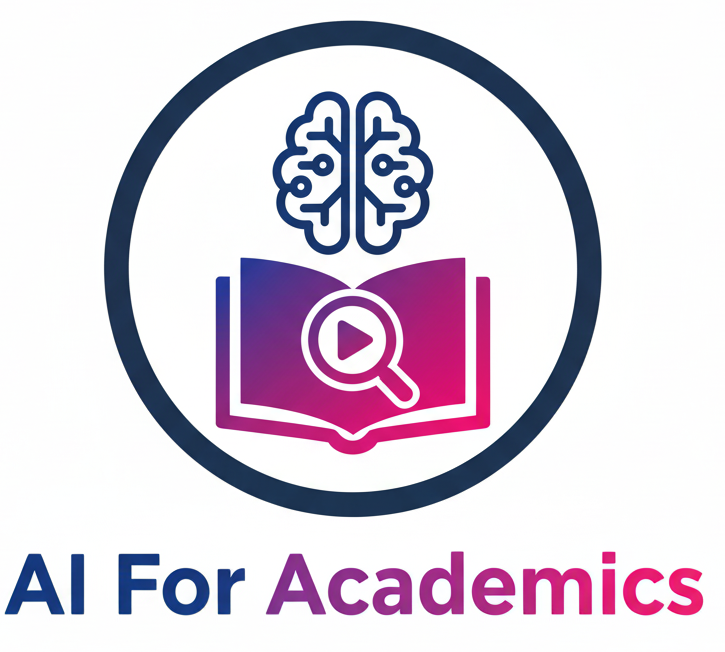The integration of Artificial Intelligence into academia promises unprecedented efficiency, but it also introduces critical ethical challenges. For researchers and institutions, it’s no longer enough to simply use AI; we must use it responsibly and ethically.
Operationalising ethical AI in research means moving past abstract discussions and applying tangible tools and processes to identify, mitigate, and govern risks associated with advanced technology. This is the bedrock of responsible research and trustworthy publication.
The future of academic integrity lies in embracing AI tools that not only accelerate research but also guarantee its ethical foundation. By integrating governance and bias-detection tools into your workflow, you move from merely hoping your AI is ethical to actively proving it.
1. Detecting Bias and Ensuring Fairness
AI models are only as unbiased as the data they are trained on. In fields ranging from sociology to medicine, relying on biased models can perpetuate or even amplify systemic inequities, leading to flawed conclusions and harmful real-world applications.
The Ethical Challenge: If an AI model is used to analyze demographic data or allocate resources, bias in the training set can cause it to unfairly favor one group over another.
The AI Solution: Specialized AI auditing and fairness toolkits are designed to quantify and detect bias across different demographic groups. They help researchers:
- Audit Inputs: Systematically assess training data for underrepresentation.
- Mitigate Bias: Apply algorithms to adjust model predictions to ensure fairness metrics (like statistical parity) are met.
- Measure Impact: Verify that the final model performs equitably across all studied populations.
2. The Black Box Problem: Promoting Explainability (XAI)
Many powerful machine learning models, particularly deep neural networks, operate as “black boxes.” They can provide accurate results, but they cannot easily explain why they reached a particular conclusion. In academic research, where methodology and justification are paramount, this lack of transparency is unacceptable.
The Ethical Challenge: Without transparency, a researcher cannot fully trust, validate, or peer-review the model’s findings, violating the core principle of scientific rigor.
The AI Solution: The field of Explainable AI (XAI) provides tools and techniques to shed light on these internal workings. XAI platforms allow you to:
- Visualize Feature Importance: See which input variables had the greatest influence on the model’s outcome.
- Debug Decisions: Trace individual data points through the model to understand specific predictions.
- Increase Trust: Provide auditors, reviewers, and the public with a defensible rationale for the model’s conclusions.
3. Verifying Compliance and Governance
As AI becomes more integral to research, governance frameworks and regulatory compliance are rapidly evolving. Institutions and researchers must ensure their AI applications meet the legal and ethical standards required by their funding bodies, journals, and regional laws (like GDPR or emerging AI acts).
The Ethical Challenge: Failure to document the ethical design and deployment of an AI system can expose researchers and institutions to legal or reputational risks.
The AI Solution: Governance, Risk, and Compliance (GRC) platforms are now integrating AI-specific checks. These tools help researchers:
Prove Accountability: Create audit trails necessary to demonstrate adherence to ethical guidelines.
Automate Documentation: Ensure every step of the AI lifecycle, from data collection to deployment, is logged and compliant.
Monitor for Drift: Continuously assess deployed models for performance degradation or new biases emerging over time.


Ready to ensure your research meets the highest standards of integrity?
Discover the best platforms for monitoring bias, ensuring transparency, and operationalizing ethical deployment in our dedicated AI Ethics and Responsible Use category today.


Leave a Reply